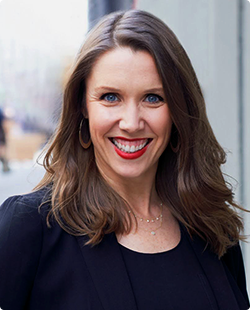The hard truth about leading organizational change
In the past, when helping leaders drive change in their organizations, we would work through a relatively linear process to manage the change from start to finish. And at the end of that process, we would look at each other with satisfaction and relief and say, “Whew – we’re so glad we got through this change successfully! Let’s declare a victory, and focus on this future state we are now in.”
But the stakes have changed. The hard truth is that leaders today must be prepared to not only lead through a single, finite change, they must continue to lead their people within an environment of ongoing, constant change. In fact, it’s difficult to remember the last time Notion was helping a client with an organizational change that did not itself change course at least two or three times – often within a couple of months. As a result, we have evolved our Notion Consulting methodology (and our team – see more here).
We must help leaders imagine the future and lead people to it. And we must equip them to do it again and again on their own.
The Fast Track Model
Today, leading change is both a marathon and a sprint. We need to be in it for the long haul in order to be successful — but we also need to be able to achieve bursts of progress through various sprints. Which is why we’re helping leaders manage constant change with our Fast Track Model for Leading Change, which uses four essential elements to help with both the marathon and the sprint. All of these elements are critical to the success of any change – from the most strategic to the most tactical.
- Vision: We’re helping organizations cut through the clutter and create a picture of the future. Leaders must understand what their strategy will be, and articulate how they will operate in the future state. What’s more, they need a clear roadmap for getting there, and executives must be aligned with the plan. They must all look each other in the eye and agree upon this vision.
- Leadership: We’re helping organizations equip leaders to inspire action. Leaders must have the skills, capabilities and support required to inspire others to achieve that vision, even in the most ambiguous times.
- Talent: We’re helping organizations maximize the strengths of their people today, and build talent for the future. The organization’s structure and roles need to be set up to succeed going forward; and the training and development strategy, curriculum and programs to do this must be put in place. The HR & Communications functions need to be equipped to enable this type of change.
- Engagement: We’re helping organizations engage their people and work smarter together. To really turn the tides, the relevant stakeholders need to jump in and commit to the journey. Communications need to be crisp, compelling and 2-way. Teams need to work together effectively. And HR and Communications teams need to embed changes into the “new normal” so they can set the organization up to be dynamic and enduring in a state of constant change.
